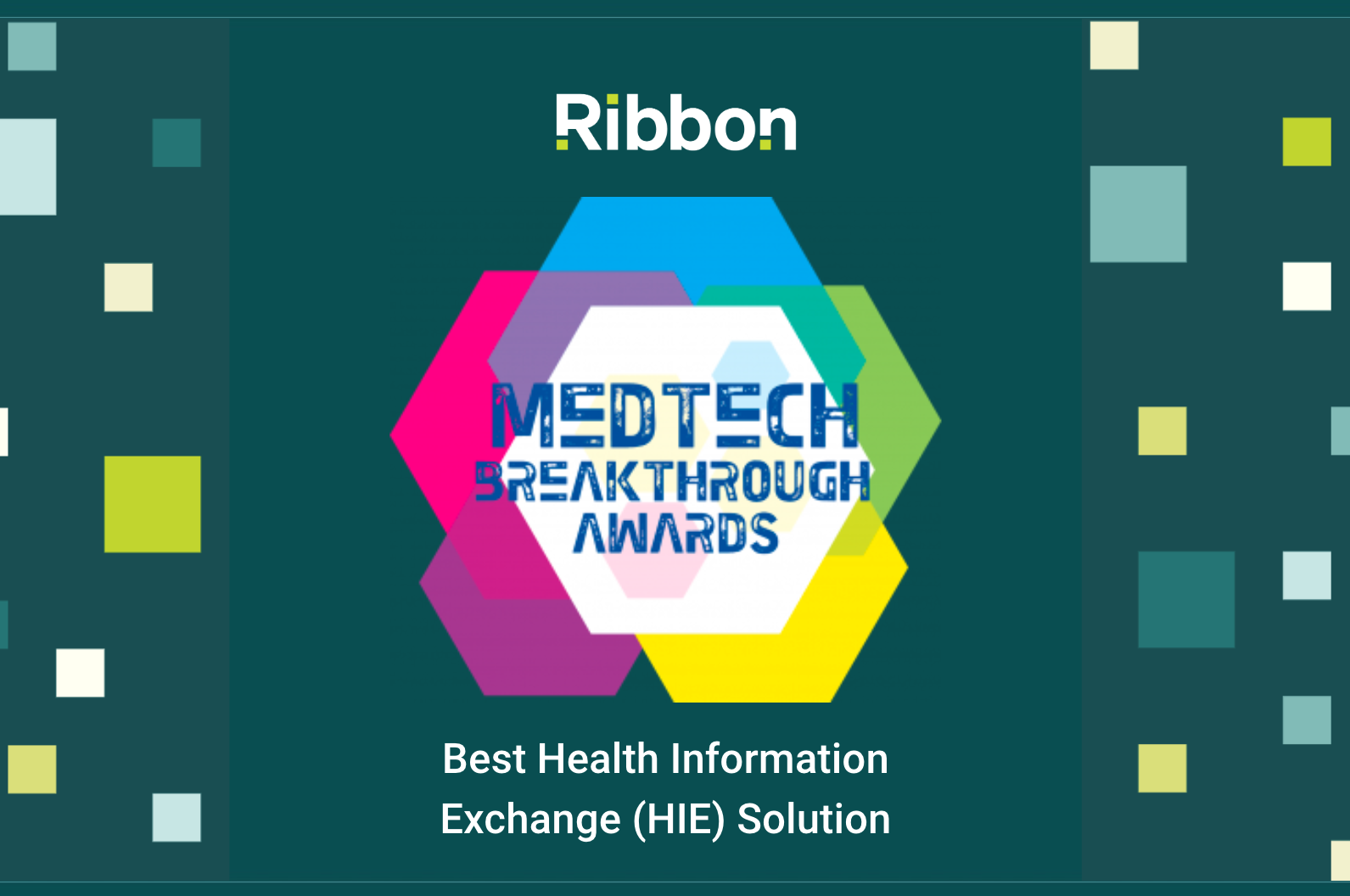Meet a “2021 Tech Innovator Award” winner: Sameer’s Story

Built In’s 2021 Tech Innovator Awards recognize future-thinking tech leaders who are committed to innovating and breaking down barriers—people like our very own Sameer Lal.
This lead data scientist made the cut for challenging the status quo and launching a new product that can improve health decisions for patients everywhere. Here is Sameer’s story.
Inaccurate data is the source of significant inefficiency in the U.S. healthcare system. Error rates in provider directories are pervasive, for example, and often block access to affordable care as well as behavioral healthcare services. Indeed, the majority of people who use mental health provider directories to search for care encounter inaccuracies.
Knowing the address at which a provider practices has its own data challenges. But trying to figure out the actual facility or location where a patient can get care is even more complex and difficult.
A little bit of context here: Healthcare data doesn’t include unique identifiers for locations or facilities in general. While an individual provider can be identified via a National Provider Identifier (NPI), no such convention holds for locations and facilities. This lack of standardization leads to confusion and inefficiency across the industry.
In some cases, for example, there are literally hundreds of variations of names, spellings, and acronyms tied to a single hospital. Take “Stanford Children’s Hospital – Lucile Packard.” The women’s and children’s hospital based in Palo Alto, California might show up in any of the following forms (and then some):
- Children’s Hospital Stanford
- LPCH
- Stanford Children’s Hospital
- Lucile Packard Children’s Hospital Stanford
A mess, obviously. And while cleaning it up could pave the way to better health outcomes for people everywhere, the prevailing wisdom was: It can’t be done.
Sameer begged to differ.
A highly creative solution
From the outset, Sameer knew that his own area of expertise—data science—would be key to standardizing noisy location data into discrete identifiable objects. He wondered, Could I apply machine learning (ML) in an innovative way in order to accurately cluster the data together?
From there, he got to work.
First, in order to cluster similar, yet slightly different, data records, Sameer used Gaussian mixture models for clustering, auto-encoders for word embedding, and gradient-boosted models for classification. All of these ML models were built around a manually-clustered data “truth set” to train a variety of instances.
Next, Sameer built a separate model to determine the confidence of each entity’s validity. This, in turn, eliminated a significant amount of noise from the system, resulting in high-quality location objects that he knew were trustworthy.
Finally, in order to address the compute-intensive nature of the methodology, Sameer cleverly incorporated serverless tools into his solution, modularizing a complex pipeline into distinct digestible steps, which allowed other data scientists and engineers to plug into the product. Over time, that meant, among other things, that our team was able to iterate quickly and stay focused on solving core problems—and not on, say, building and maintaining infrastructure.
It was a highly creative approach. It also had almost immediate real-world applications.
For starters, we were able to successfully launch a brand-new location-based product, aggregating hundreds of sources to offer a national and comprehensive dataset: more than one million healthcare facilities, each with a distinct name and address combination.
This product empowers our customers with the data they need to make informed care decisions, including which facilities they can refer patients to in a given area and which providers practice at a given facility. Coupled with our comprehensive Provider Directory, the product allows us to offer a holistic solution to our customers.
It means they now have a clear view across individual providers and facilities. And for patients seeking high quality, cost-effective, and convenient care, it means all the difference in the world.
What’s next for Sameer?
Deliberately challenging assumptions. Leveraging data for real-world impact. Enhancing the core technology of our business—and simultaneously launching a new product.
Clearly, Sameer’s spot on Built In’s 2021 Tech Innovator Awards is well deserved. And it’s in no small part thanks to efforts like these that Ribbon Health won a MedTech Breakthrough Award for 2021, too.
And for our part, we’re just incredibly proud of Sameer. We nominated Sameer for the award because they thought he deserved the spotlight for not his work on just this product, but also for his other work at Ribbon.
Accolades aside, what’s next on the docket for Sameer? At Ribbon Health, small teams are always coming together to make a big impact, so despite the recent success, Sameer remains busy. Most days, you’ll find him building and empowering the data science team, leading brainstorms, and encouraging his teammates to take on tough problems—and more often than not coming up with innovative ways to apply technology to solve complex problems. That he manages to do it with a spirit of humility and selflessness is probably the biggest reason everyone from our team always seeks him out for collaboration.
You should also know that Sameer’s work perfectly lines up with our broader mission at Ribbon Health: improving healthcare decisions by making them more cost-effective and convenient. Click here to learn more about that mission and the kinds of challenges we’re taking on every day, or contact us directly.
Read more about our company and culture

Ribbon Health Named 2023 MedTech Breakthrough Award Winner

Fierce Healthcare names Ribbon Health as one of its 2023 “Fierce 15” companies






.png)